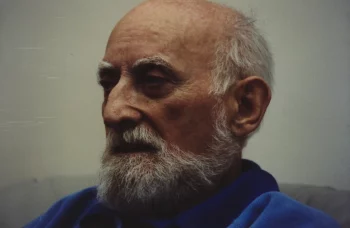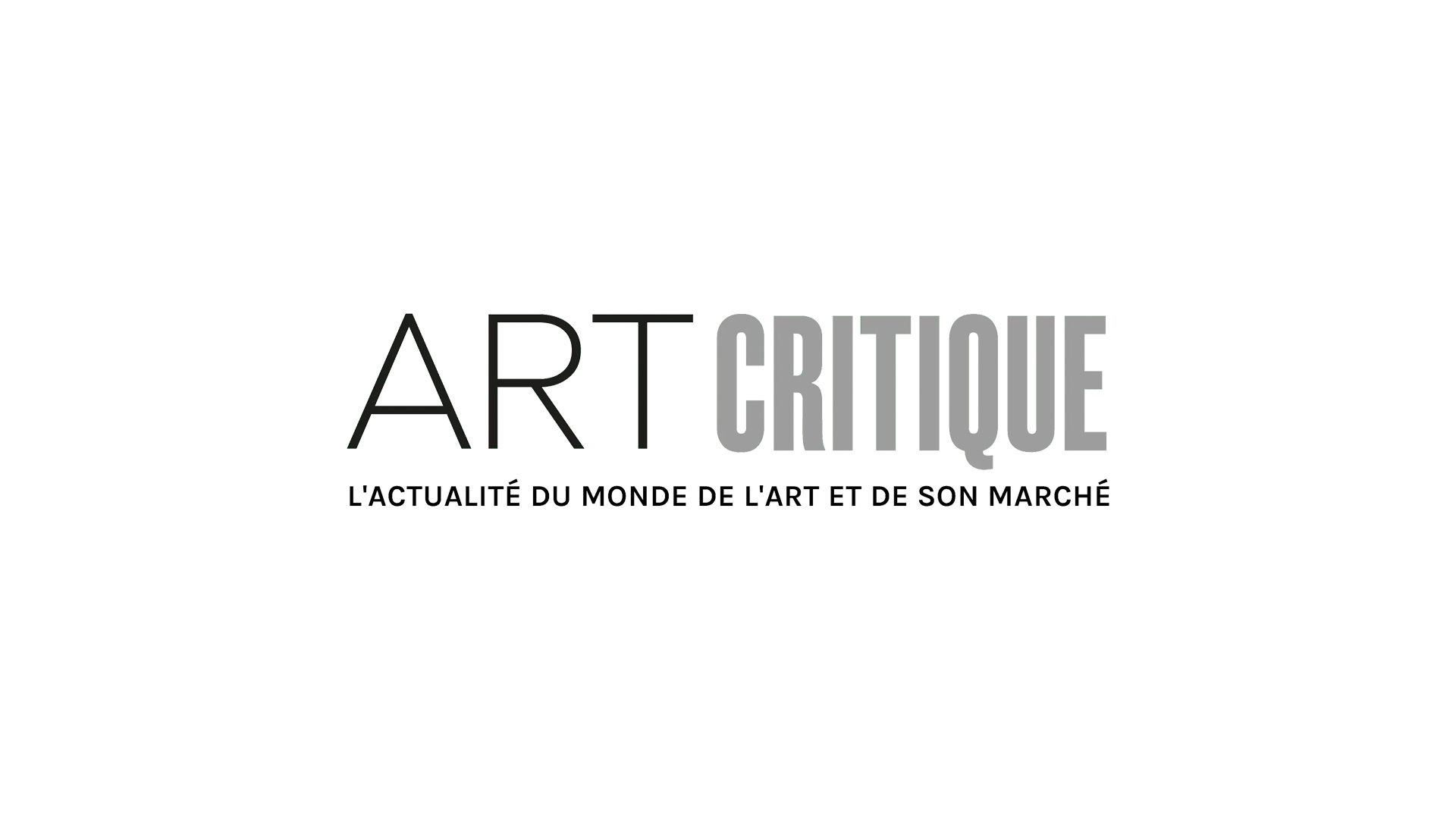Artificial intelligence (AI) is becoming more and more common in the art world. From creating artworks to selling (or not) at auction, AI is certainly here to stay in the art world for at least the foreseeable future. Now a couple from outside of Boston have created an AI programme that could help authenticate and attribute artworks using high resolution images of paintings.

Steven Frank, a technologist, and Andrea Frank, an art historian, have been working for months to create and tweak their AI system they’ve cleverly named A-Eye. Steven had the idea for A-Eye after reading an article on how neural networks could be used to find art forgeries, but he wondered if AI couldn’t be used for more. After obtaining a graduate certificate in AI, Steven said: ‘[t]hat’s when the idea hit me to use small pieces of big, high-resolution images to identify an artist or authenticate a painting. We’ve been researching, programming, and tinkering since then.’

To train A-Eye, the Franks decided to focus on works by Rembrandt because of the access they had to high-resolution images of the Old Master’s works from organizations like the Metropolitan Museum of Art and the Rijksmuseum. Andrea also felt that the ‘psychological intensity of his paintings,’ which has added to controversy over attributing Rembrandt’s works, was another component that made works by Rembrandt intriguing. Their project also coincides nicely with the 350th anniversary of Rembrandt’s death this year, which is being celebrated around the globe at institutions including the Rijksmuseum.
How it works is A-Eye is fed small portions, or ‘tiles,’ of the images of artworks that are undisputedly by Rembrandt and works that are undoubtedly not by Rembrandt. The Franks worked with 80 images total, half of which were of works by Rembrandt and the other half not. After digesting, so to speak, all of that information, A-Eye can then analyze more images determining what may or may not be authentically Rembrandt. If A-Eye gives and artwork a score of 50% or less, it is considered to not be by Rembrandt by the software. Artworks that score about 50% are more likely to be by the artists and the higher the score, the more likely.

To test A-Eye, the Franks used a few different works. First, Portrait of an Old Lady (c. 1640-1645) from the Rijksmuseum, now attributed not to Rembrandt but to Ferdinand Bol, received a score of 41%. The Frick Collection’s The Polish Rider (c. 1655) and the Gemäldegalerie’s The Man with the Golden Helmet (c. 1650) received a score of 74%. Finally, Portrait of a Young Gentleman (c. 1634) from the collection of Jan Six, a Dutch art dealer, scored 55%. The results are roughly in line with what experts have determined; however, as you can imagine, when a work is close to the threshold, it can be difficult to determine how to deem the painting. This is why the Franks, like many other experts in the field, including Six, recognize that A-Eye won’t take jobs from art experts around the globe but it will be a tool available to help in the process.
‘We haven’t solved the problem of attribution,’ said Steven. ‘We definitely aren’t looking to monetize the technology—we hope lots of people use it and do great things with it. What we’d like to do next is to see if our system can identify areas of a single painting that may have been painted by different artists.’





